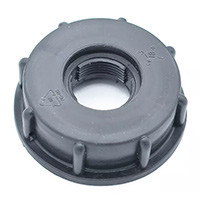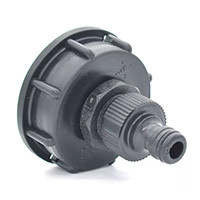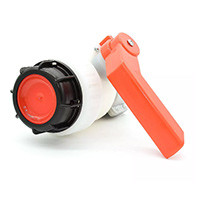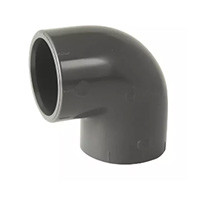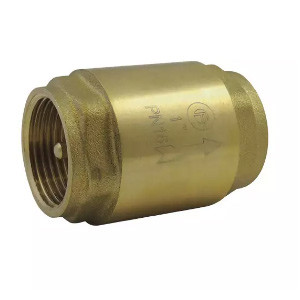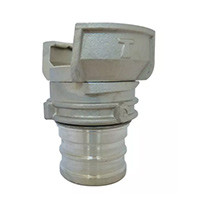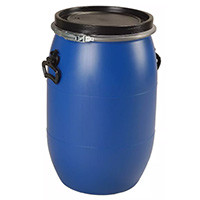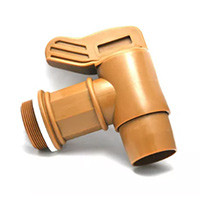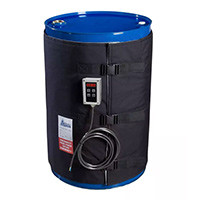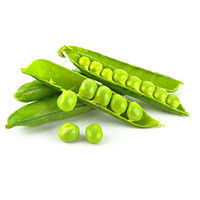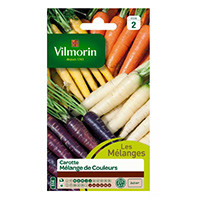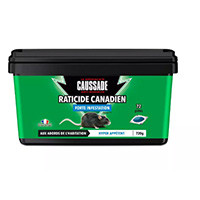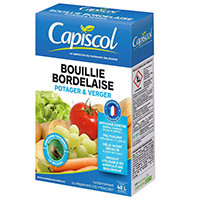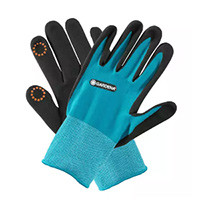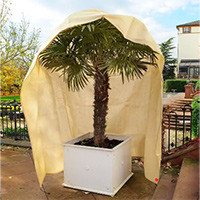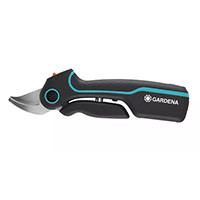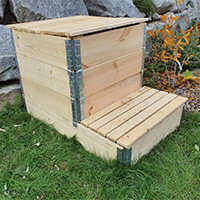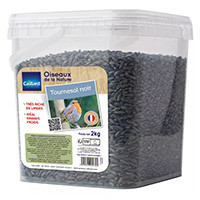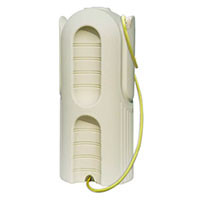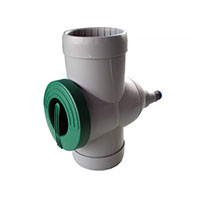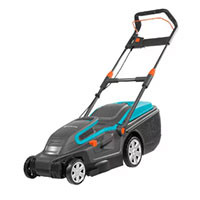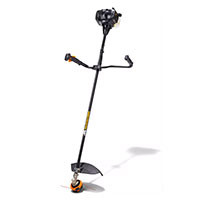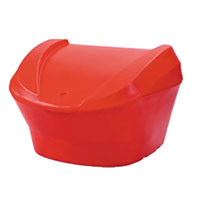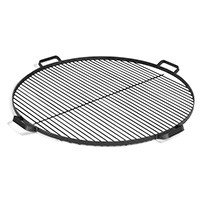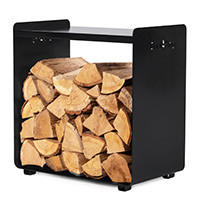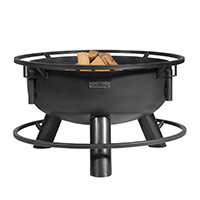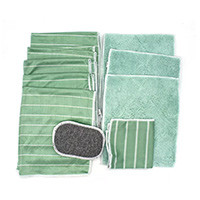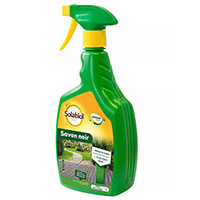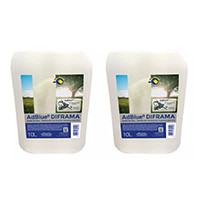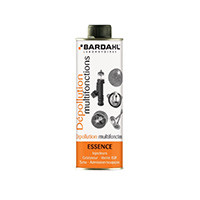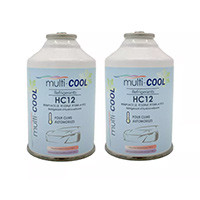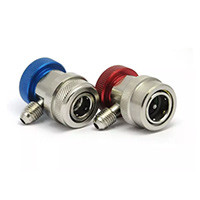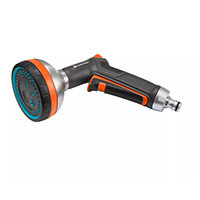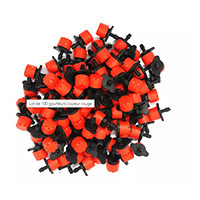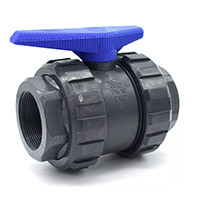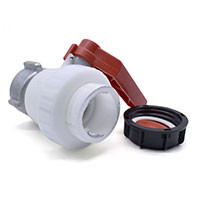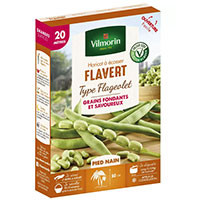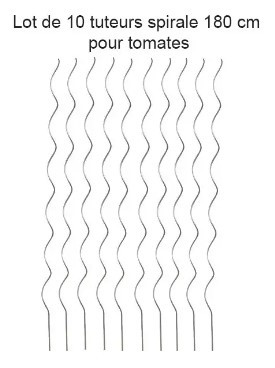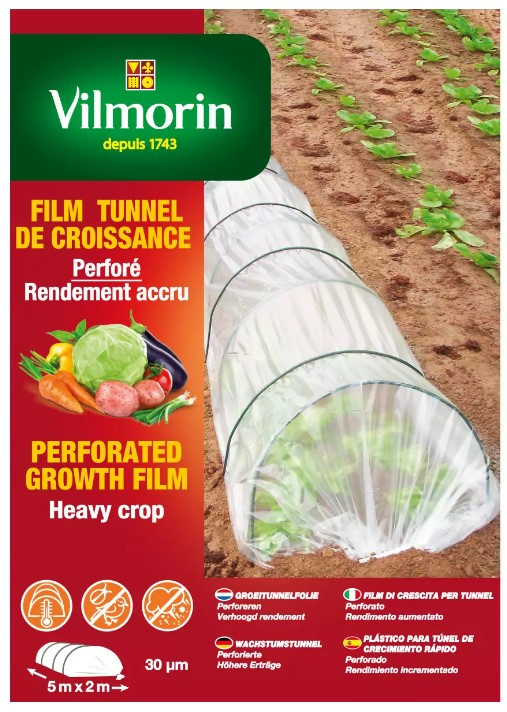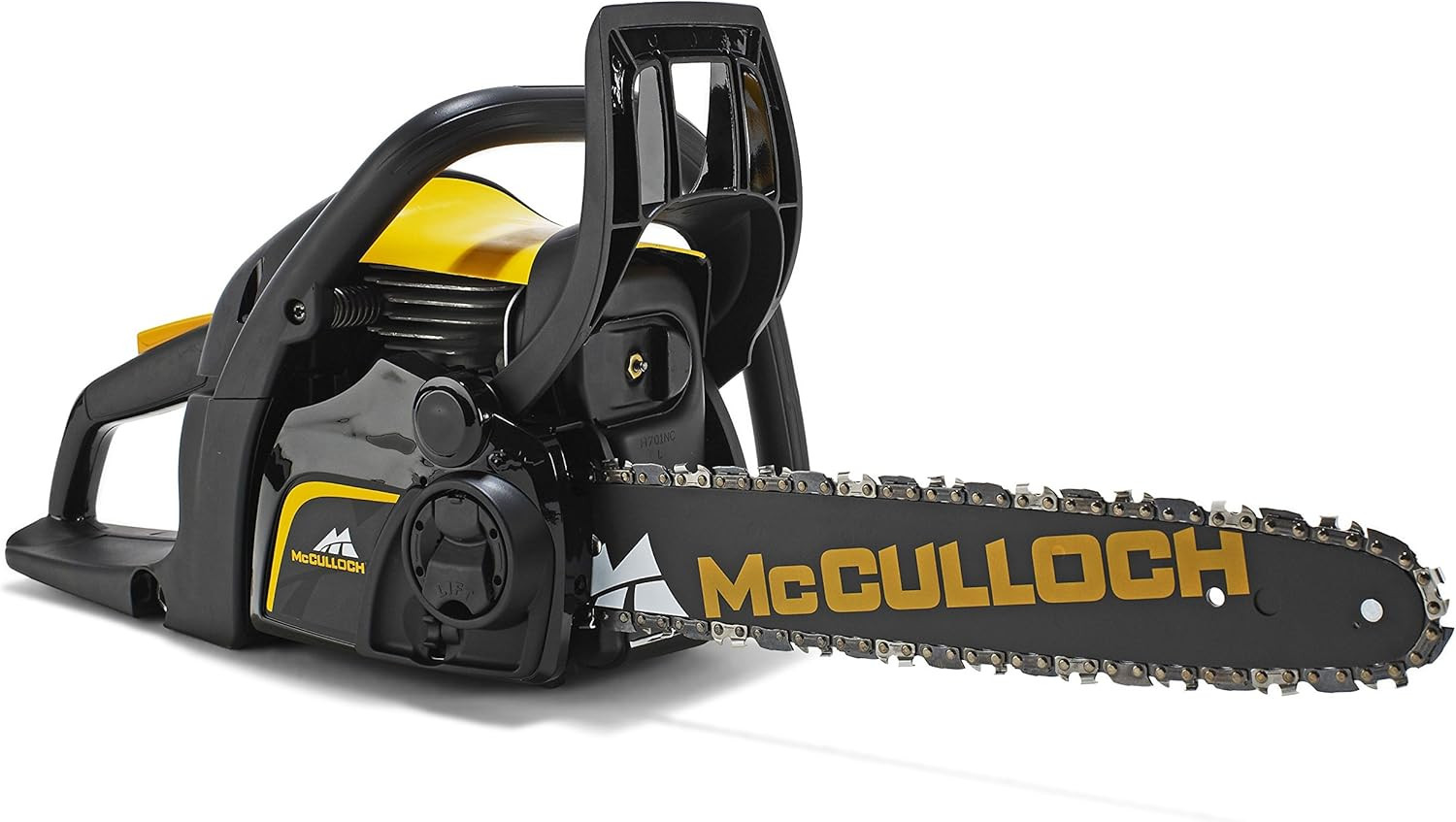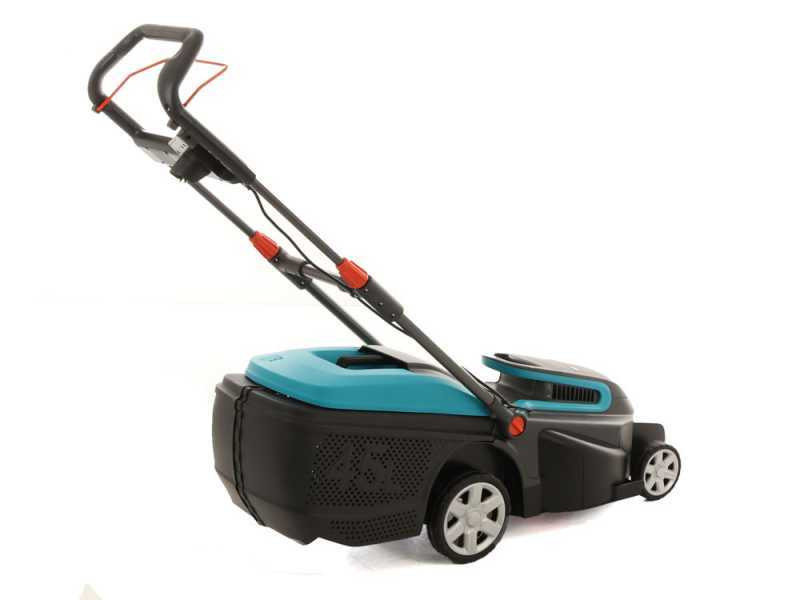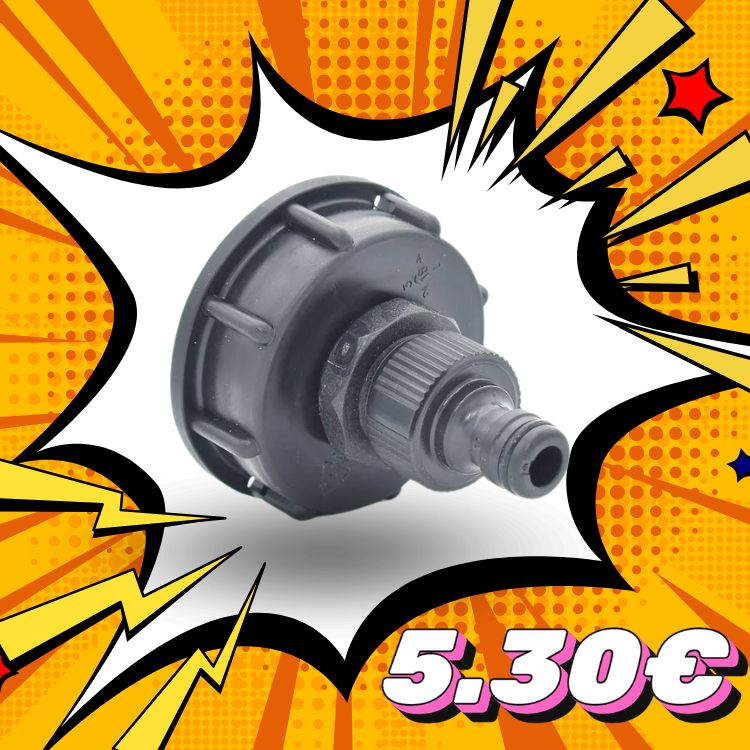
Watering the garden in summer: our tips
Watering the garden in summer: our tips
When you conscientiously maintain your garden all year round, you end up dreading summer and rising temperatures. Here are our tips for watering your plants properly, and our tips for making sure they survive in case you need to be away.
When to water your garden in the summer?
The golden rule of watering is not to water anytime. The best thing is to do it at the times of the day when the temperatures are lowest, so that the water does not evaporate.
It makes sense: if you water at 2 p.m., your effort will have been in vain. The water will evaporate so fast that it will not have time to feed the plants. Since temperatures drop at the end of the day to stay low all night, the best time to water in the summer is in the evening...…
Except, of course, in places where the nights are just so cool that they give rise to nocturnal frosts,in which case it is better to water in the morning.
When it comes to watering frequency, beware of conventional wisdom: just because you water 5 times a day doesn't mean your plants will be better. On the contrary, excess water can promote the development of fungi or diseases in some plants.
Keep in mind that the important thing is to respect the needs of each species.
Where some plants like pink laurel, azure ball, allium, California poppy, lavender,sage, thyme, ornamental garlic... require very little water and enjoy well-drained soils, others are fond of it..
These include species such as hydrangea, iris, euphorbe or marsh hibiscus, heliotrope or ligular, which flourish on waterlogged soils..
As for the species in the vegetable garden,they also have very different waterneeds. Note that if garlic, potato or asparagus do not require too much watering, chard, cabbage, spinach, salad and most fruit vegetables (such as melon, eggplant, zucchini and tomato, etc.) require a significant amount of water.
How do I water? The best techniques
It is advisable to water with water at room temperature,directly at the foot of the plants - except for large-leaf species that like sprinking, such as cabbage or salad.
This will allow:
- Avoidwasting water by evaporation or disease on the leaves;
- prevent weeds from regrowth (the so-called "weeds");
- to repel pests such as slugs and snails.
For optimal watering, you can also opt for a micro-irrigationsystem, thanks to a porous pipe or a drip system. The advantage of this kind of system is that it brings water to the plants on a regular basis and in small quantities.
The best way to do enough is to invest in a programmable micro-irrigation systemso that you can be absent withouthaving to worry about the state of your garden.
Tips to save water
We know that water is a precious resource,especially in times of drought. Several tricks save it, starting with the installation of a rainwater collector for watering... The most environmentally friendly and economical way to water your garden!
While some well-developed rainwater recovery systems can even reuse water inside the house, a simple recovery tank connected to a gutter collector is more than enough for watering the vegetable garden.
Themulch, as long as it keeps the soil cool, allows tospace thewaterings. To do this, you can use different crop salvage materials: straw, hay, pine bark, grass mowing, etc.
Aeration of the soil is also very useful for regulating watering. Think about hoeing: in addition to aerating the soil, it will help to rid it of weeds, which are water-hungry and promote surface evaporation.
Watering: how to do it in case of absence?
If programmable micro-irrigation systems, as explained above, allow you to go on holiday with peace of mind, they represent a significant investment, which not everyone has the chance to afford.
For potted plants, there are double-bottomedplanters, equipped with a water reserve that guarantees plants water resources and sufficient humidity.
Nevertheless, it is possible to make yourself kinds of "mini drip" in order to bring constant watering to the plants that need it most.
All you need to do is drill a ventilation slit on the flat surface of a plastic bottle,as well as small holes at the opposite end. Then, once the bottle is filled and the cap screwed, plant this D system in the ground, neck near the plant. A DIY that's both useful and fun!
On Multitanks.com, you will find various equipment needed to water the garden, including micro-irrigation systems. Please contact us for more information about our products.
Share this content

